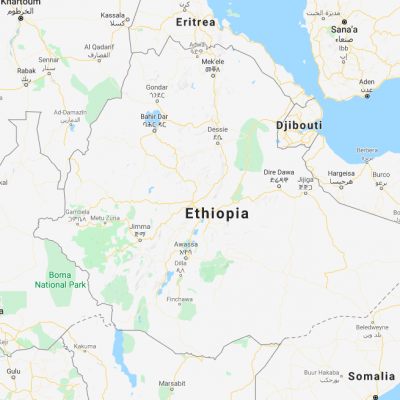
Ethiopia
Ethiopia's emerging contemporary art scene mirrors its diverse cultural heritage and dynamic present. The Modern Art Museum - Gebre Kristos Desta Center in Addis Ababa champions innovative Ethiopian artists. Notable figures include Elias Sime, celebrated for his intricate, textural assemblages, and Aida Muluneh, whose striking photography addresses socio-political themes. Dive into the world of Ethiopian contemporary art with Composition Gallery's website.
- Show All
- Established
- Discoveries
ARTWORKS RELATED TO ETHIOPIA
Julie Mehretu
Untitled, 2006 (for Parkett 76), 2006
Limited Edition Print
Etching
GBP 9,000 - 12,000
Julie Mehretu
Sapphic Strophe 2 (from Sapphic Strophes: A Suite of Four Prints, 2011
Limited Edition Print
Relief printing
GBP 5,000 - 7,000
Julie Mehretu
Sapphic Strophe 4 (from Sapphic Strophes: A Suite of Four Prints), 2011
Limited Edition Print
Relief printing
GBP 3,000 - 5,000
Julie Mehretu
Sapphic Strophe 1 (from Sapphic Strophes: A Suite of Four Prints), 2011
Limited Edition Print
Relief printing
GBP 3,000 - 5,000
Julie Mehretu
Corner of Lake and Minnehaha, 2022
Limited Edition Print
Screen-print
USD 65,000 - 80,000
Julie Mehretu
Corner of Lake and Minnehaha (blue), 2022
Limited Edition Print
Screen-print
USD 70,000 - 80,000
Pixel Art is a form of digital art created by placing individual pixels, similar to assembling a mosaic where each small piece contributes to a larger image. The style is often associated with nostalgia, as it draws on the techniques used in early video game graphics. Pixel art has seen a resurgence in popularity, both as a nod to retro aesthetics and as a distinct artistic style in modern digital art.

EAT (Experiments in Art and Technology) was a movement formed to foster collaborations between engineers and artists. It facilitated direct, person-to-person connections between these two groups. The movement was originally launched in 1967 by artists Robert Whitman and Robert Rauschenberg, along with engineers Fred Waldhauer and Billy Klüver. EAT carried out various projects and activities that expanded the role of artists in contemporary society, encouraging the integration of art and technology.













